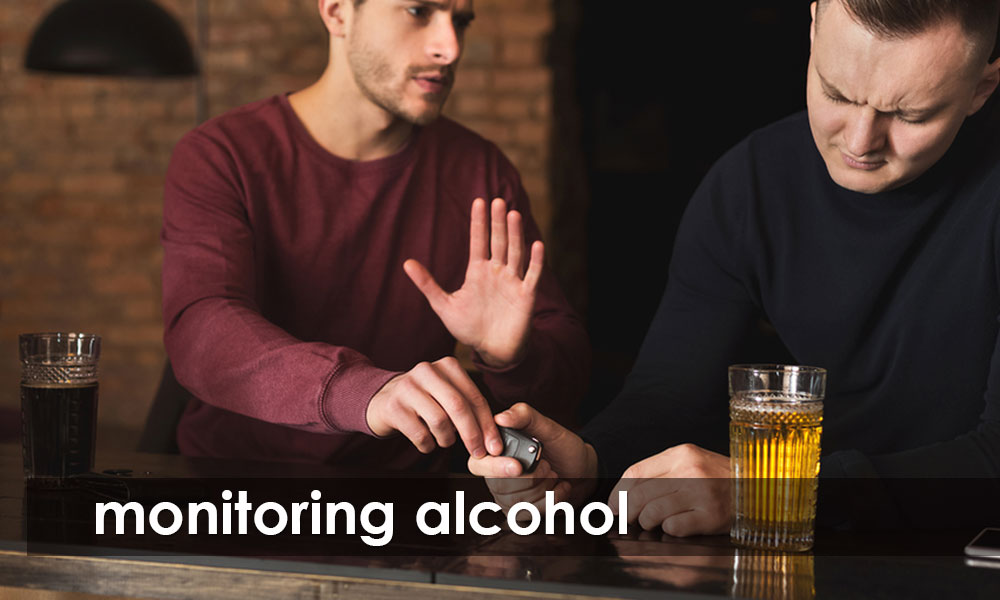Conclusions: This Bulletin shows that lifetime use of the MSIR reported by participants in the Melbourne IDRS has increased over time, as has frequent use of the MSIR, categorised as ≥50% of reported injections. Our findings suggests that there have been few impacts of the COVID-19 pandemic on the overall use of the facility in this sample despite major changes in the operation of the service (6), and evidence of an overall downturn in the number of injecting episodes accommodated by the service during the pandemic noted by author NC. The characteristics of those who reported MSIR use changed little over the years, and were consistent with previous work (4), with people experiencing marginalisation over-represented, as were those who experienced recent non-fatal heroin overdose. This is likely to be related to the fact that most people’s drug of choice was reported as being heroin. Less use of the MSIR among those in drug treatment highlights the importance of the facility for those not engaged in treatment and the potential referral pathways into treatment that the facility provides (2). It is important to note that participants were recruited predominantly from needle and syringe programs, who are already likely to be engages with services, and so we cannot draw conclusions on access for the broader population of people who inject drugs. Similarly, reasons given for not attending the MSIR changed little over survey years. The findings around distance highlight the need for the expansion of supervised injecting facilities to other areas of melbourne such as the Melbourne CBD which has been flagged for a second MSIR.

So, who is The Dalgarno Institute?
Our Story - About us.

Media Release
Media Release

Research Material
Research Material

Research Reports
Research Reports

Isabella's List Award Recipients
Isabella's List Award Recipients

Monitoring Alcohol
Monitoring Alcohol

Drug Information Sheets
Drug Information Sheets

D.A.R.T & Papers
D.A.R.T & Papers


